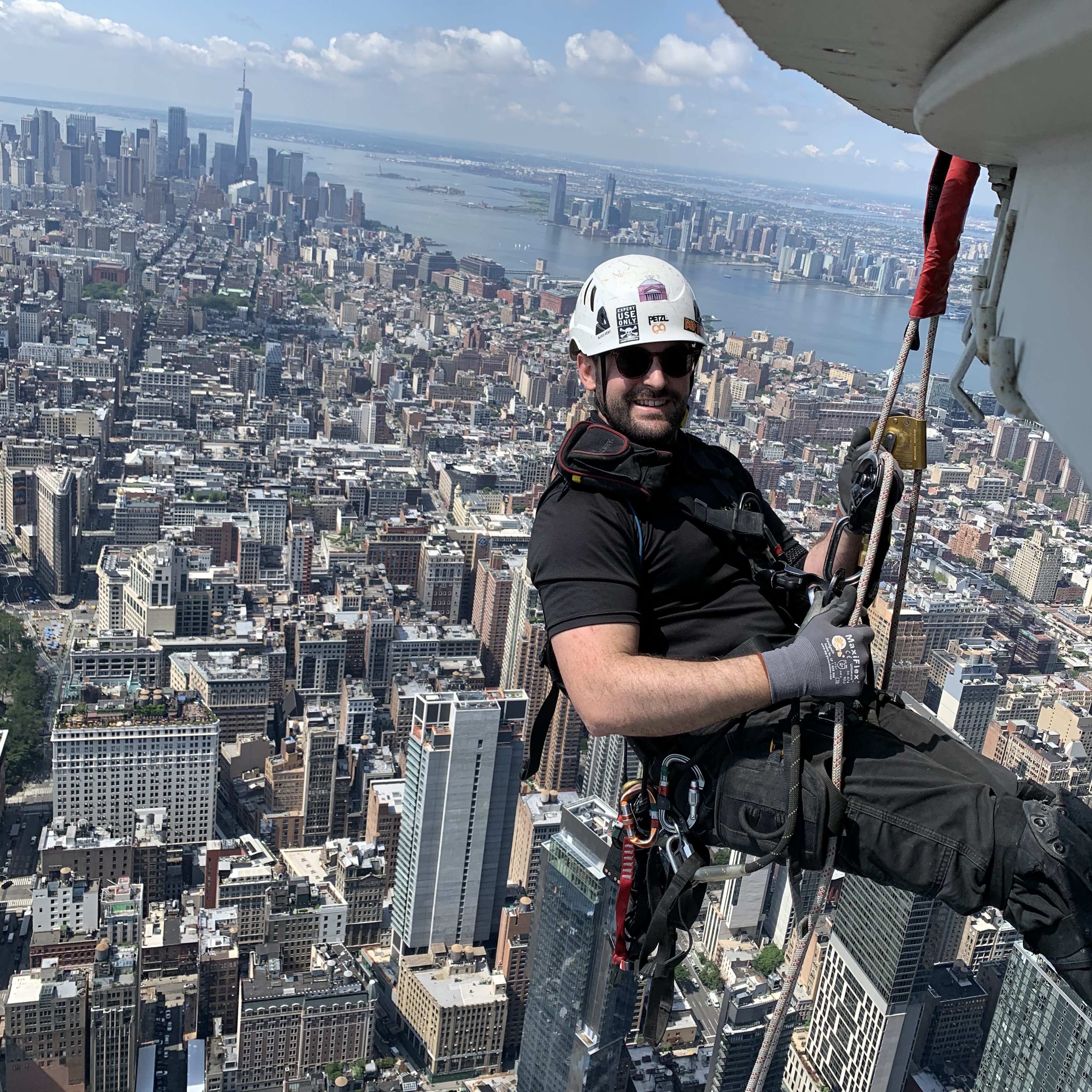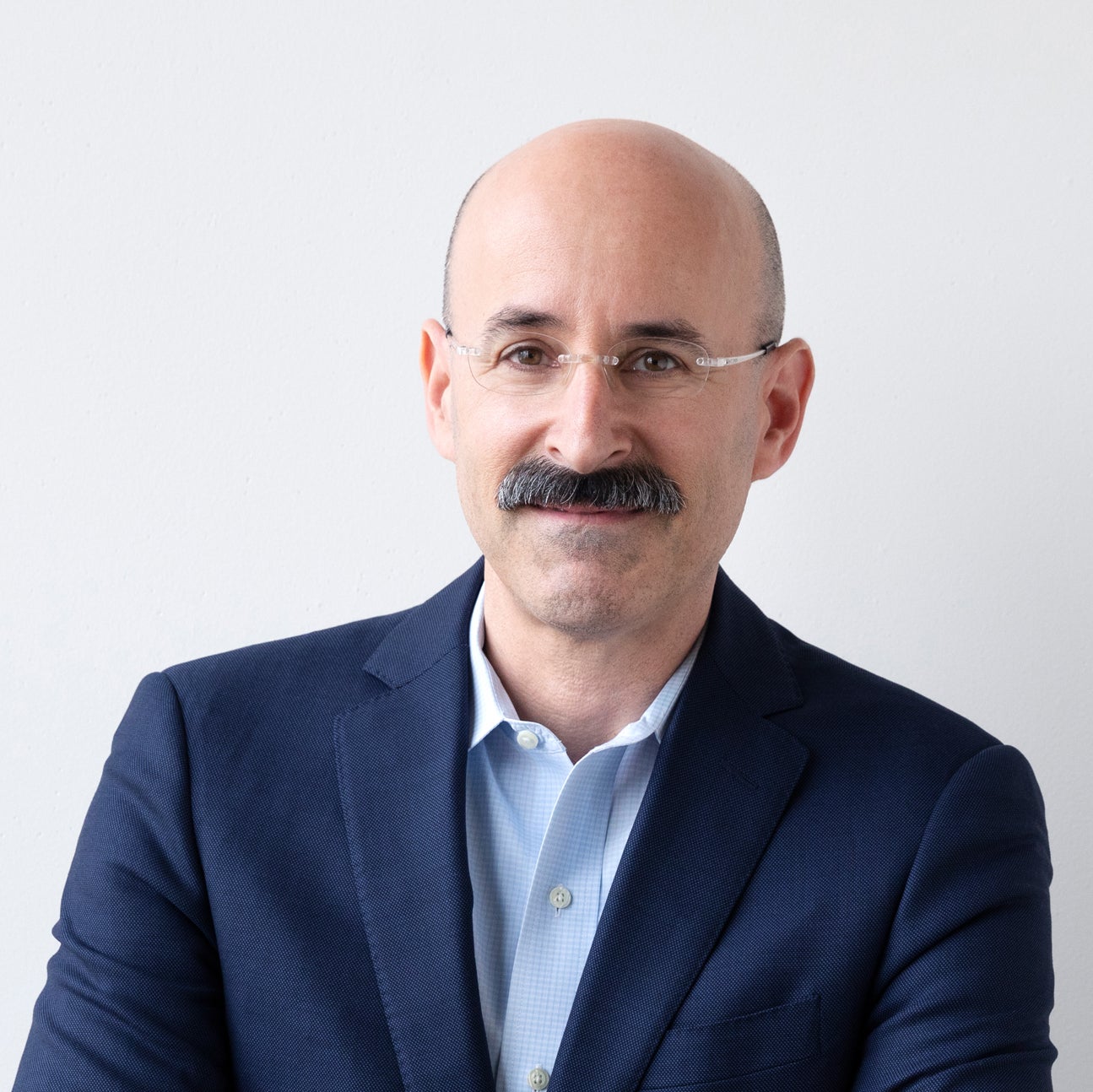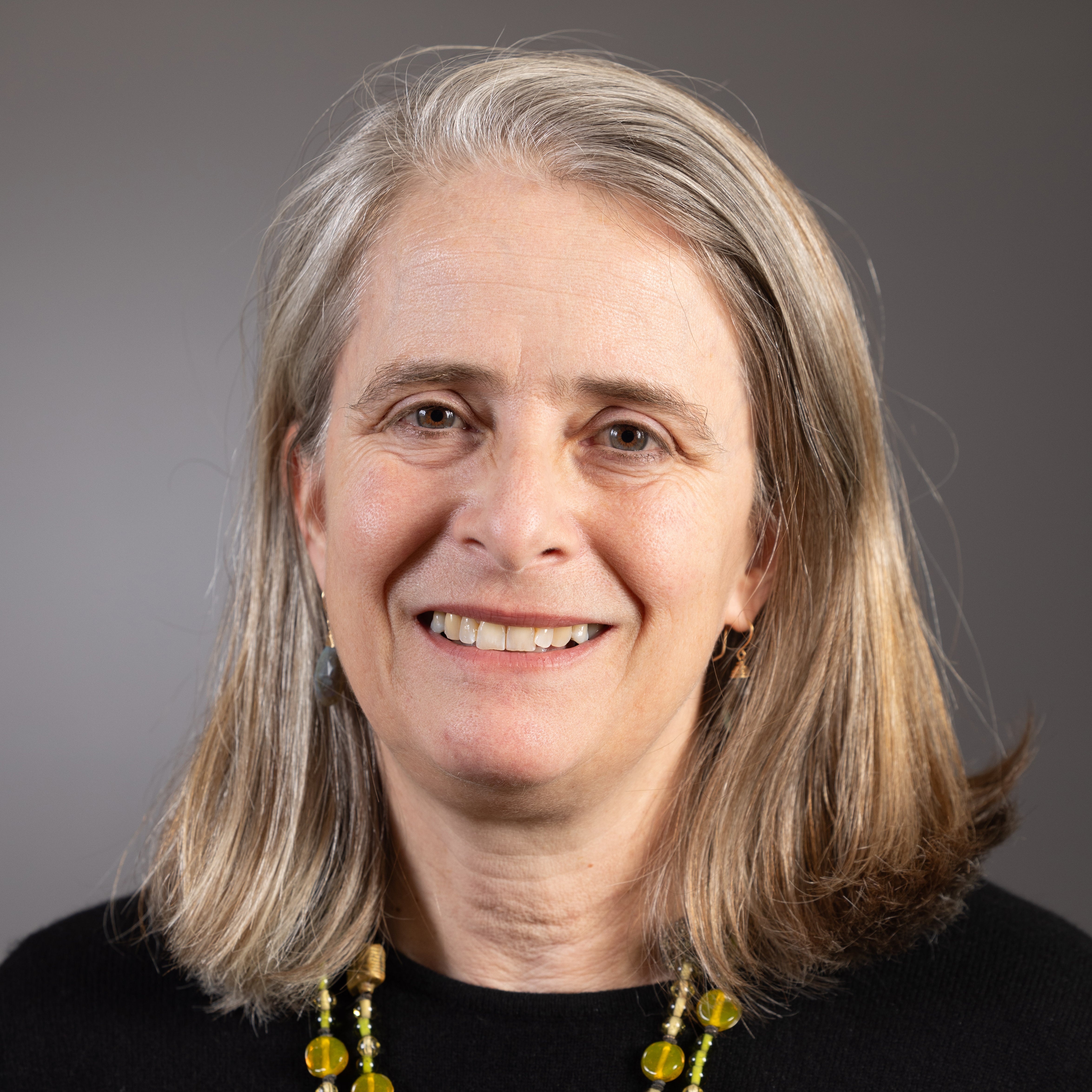
Alum in Action: Maggie Hansen on Transgressive Design and Landscape Justice

Maggie Hansen (MArch + MLA '10)
Assistant Professor, The University of Texas Austin
Alumna Maggie Hansen (MArch + MLA '10) combines multidisciplinary training and a passion for community-driven design in her work as a landscape architect and educator. She has contributed to award-winning projects at Nelson Byrd Woltz Landscape Architects, including the Brooklyn Naval Cemetery. As director of Tulane’s Small Center for Collaborative Design, she led efforts promoting equitable design in New Orleans.
Now a faculty member at the University of Texas at Austin, Hansen’s research explores the intersection of landscape architecture and care practices. In 2023, she organized the symposium Transgressive Practices to Transformative Policies: Landscape Change, Fast & Slow, which examined how designers can push boundaries for socio-ecological justice.
We spoke with Hansen about her journey from UVA to her current work and how she reimagines the role of landscape architecture as a catalyst for social change.
Tell us about the symposium and subsequent publication, Transgressive Practices to Transformative Policies: Landscape Change, Fast & Slow, you organized and edited for the University of Texas Austin’s Center for American Architecture and Design. What inspired you to explore practices that push against landscape conventions?
I’m interested in how designers can help to advance work on social and environmental justice. Activist movements are projects of reimagination and the organization of ongoing actions. Designers have powerful skills to contribute to this work, but it doesn’t fit neatly into the constraints of a typical design scope of work, bounded by a site and a timeline toward construction. The impacts of climate change, biodiversity loss, and social inequality register in patterns that don’t obey site boundaries or a specific agency’s jurisdictions.
We can do a lot to advocate for the environment
by creating compelling site designs, but addressing the wicked problems of our time requires other models of work, other business models, other ideas of leadership.
The tools of landscape architecture—
critical thinking, collective imagination, and advocacy—
have so much more to contribute.
The symposium and book were an opportunity to talk about approaches to landscape practice that break the conventions of site-boundaries and typical project timelines and recognize that the way we have been building on and caring for land must change. I invited four women whose work has pushed back on the expectations of typical design practice: Catherine Seavitt Nordenson, Alison Hirsch, Diane Jones Allen, and Margie Ruddick. I was lucky to get four exceptional leaders, who were willing to be honest about how they define their own boundaries for practice, the people they look to for inspiration, and the frictions they encounter in their work. The book documents their presentations and our discussions with students.
Landscape architecture has so much more to offer when are willing to imagine an expansive view of how we apply our tools. The conversation was inspiring for me and for my students.
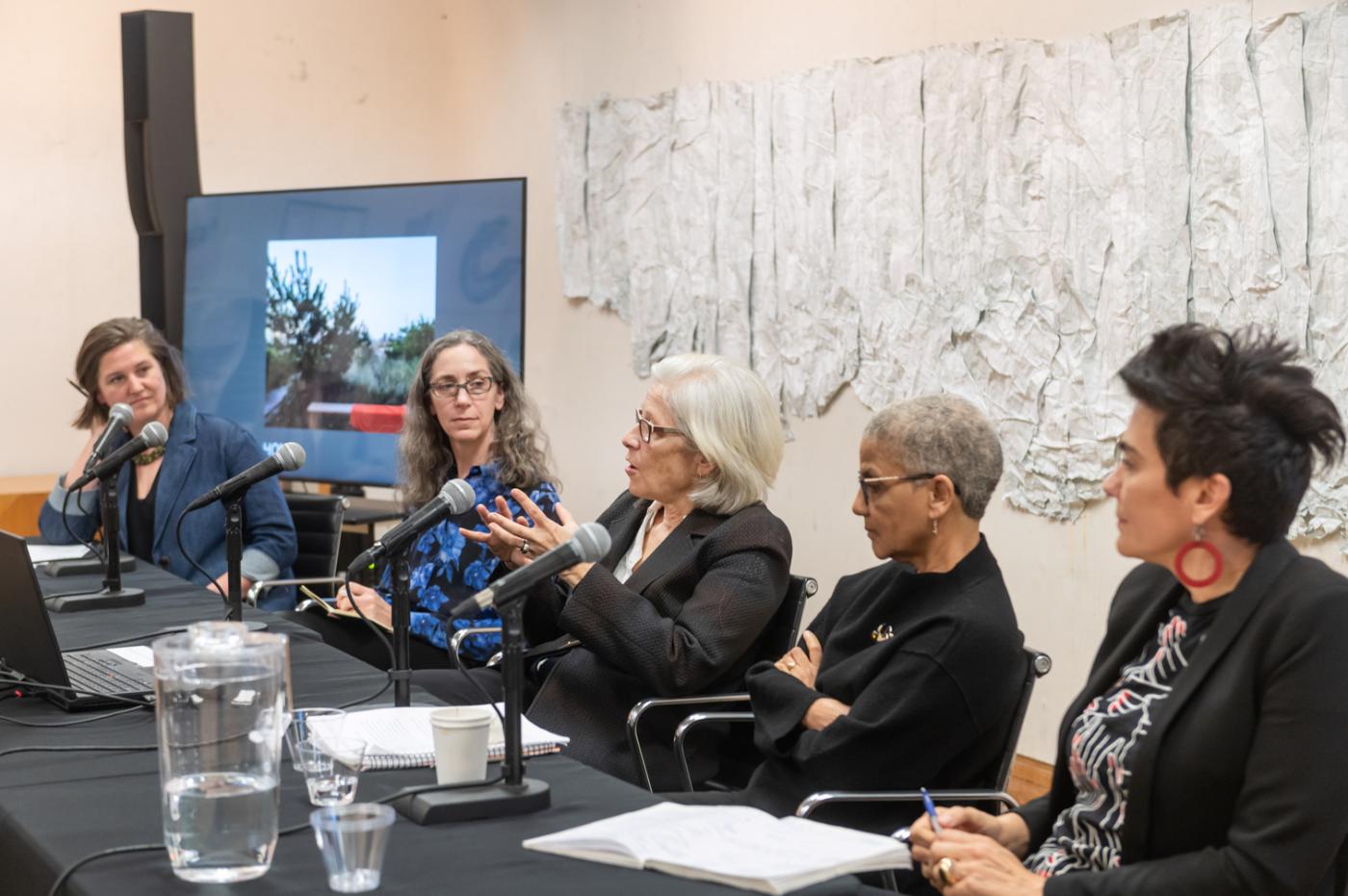
What advice do you have for young designers and students interested in pursuing transgressive practices in their own work?
Working transgressively requires a special mix of courage and humility, to flaunt expectations without taking the focus away from the longer term change you are trying to help realize. Designers practice this in our work, as a practice of reflection. We make something, and then get feedback and refine it—again and again. Margie Ruddick’s essay touches on her process of “unlearning,” through this same process of reflection and listening to the feedback of collaborators.
Along those same lines, I think it is important to be clear with yourself about the specific issue you wish to address and find the people already working on it. Designers can contribute to movements for change in a variety of ways, and so often our most useful tools are in teamwork and amplifying others. Our skills of visualizing relationships can help to shift intractable conversations, and we often have access to people in different positions of authority. Seeing our skills as complementary to existing efforts also ensures that we remain grounded in the communities and causes we wish to serve.
Finally, be patient and persistent.
Don’t get discouraged if your ideas are dismissed as naïve
or impossible. Bold ideas aren’t always well received
the first few times!
We need to be grounded in the constraints
of the here and now, but we also need wild imagination
when we consider what is possible in the future.
I explore this through another project, called Ditched Schemes, which I co-curate with Jennifer Birkeland (assistant professor at Cornell University). We collect stories of design projects that went unrealized or unrecognized and give them new attention through Instagram posts, podcast interviews and a zine publication. The project demonstrates the importance of continuing to pursue audacious or transgressive work. So often the ideas that were dismissed early in a designer’s career are the basis for career-defining work once they find their time and place.
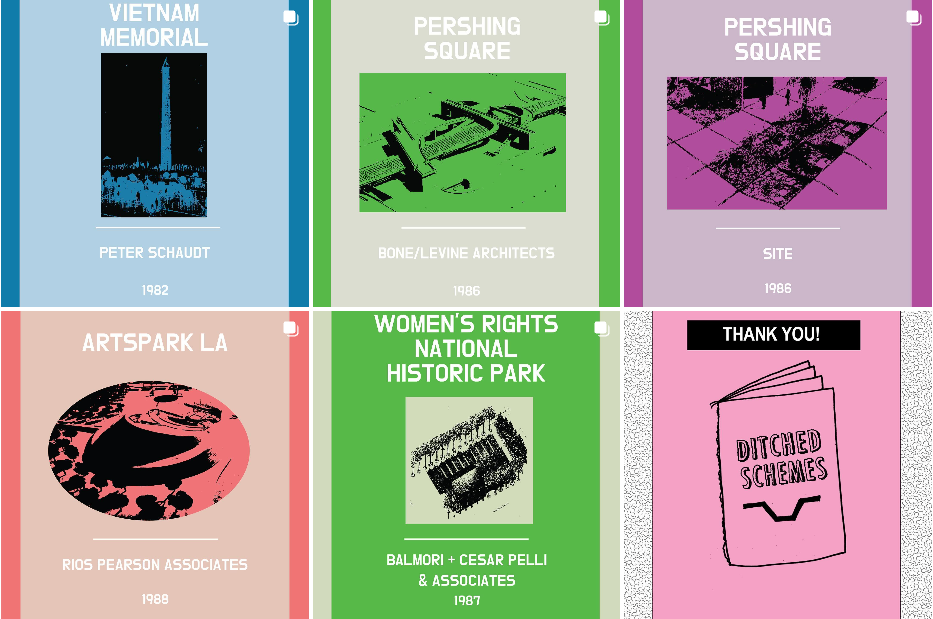
How do the concepts of care and mutual aid influence your approach to landscape architecture? Are there any projects you would like to share as an example?
My approach to design was transformed by my time working at Tulane’s Small Center for Collaborative Design. At Small Center, every project starts as a proposal from a community group, and design work is developed through deep engagement with the communities the organization serves. Like other cities, New Orleans has a long history of vulnerable communities using mutual aid as a means of survival. Mutual aid and care-centered work build relationships within communities to offer direct support to those in need with an understanding of the community members’ interdependence. Examples of this include the Maroon communities that Diane Jones Allen writes about or the many Social Aid and Pleasure Clubs that have shaped the parade and music traditions.
Small Center addresses the needs of community groups by providing pro bono architectural services. Within architectural circles, the work is recognized as replicable prototypes of design informed by its specific cultural and environmental context. I think the deep engagement process, as co-lead by many organizations that practice shared leadership models, offers a series of small prototypes of a collectivist spaces. In our surveys of past project partners, the process of shared decisionmaking persists.

For example, Parisite Skatepark is a DIY skatepark that Small Center helped to design and to get city approval. In a series of capacity building workshops, the leaders of the skatepark developed a mission and organizational structure that prioritized shared leadership and the park as a diverse, cross generational space. These values informed how they engaged and worked with neighbors who were opposed to the skatepark and how they made their case to city officials. They were intentional in mentoring young skaters and ensuring the park was an inclusive space. A decade later, the indivdiuals who oversee the park have changed but this ethos has remained. Decision-making processes and leadership structures benefit from intentional design and regular tending. This is just one example. Designers, community organizers, and artists, we all have tools that can contribute to shaping and maintaining meaningful places.
I’m excited that there is a robust conversation emerging around care and mutual aid in landscape. There are some great examples. In my introduction to Transgressive Practices, I highlight the work of the Gowanus Canal Conservancy (under the leadership of Andrea Parker, MLA ’11) and Test Plot (co-founded by Jennifer Jones, MLA ’10). Each of these projects use landscape care practices as a means of modeling alternative environmental futures, but they also recognize the entanglement with economic inequalities in labor issues and with gentrification and displacement.
Could you share one or two lessons or lasting impacts from your A-School education that have influenced your professional life? What do you continue to carry with you?
My education at UVA centered thinking-by-making, and it is such a powerful way of understanding the world and transforming it. As designers, these are our superpowers: the habit of making as a way of knowing and the skill of drawing in dialogue with others. Making with other people was the core of studio culture, and it is the basis of my work and teaching.
I also think a lot about friendship as a component of advancing both political and creative work. We’re often able to make big leaps to change our thinking or try something bold because of the trusted perspectives of friends.
Through our professors, we saw models of how friendships shaped and supported significant scholarly work and exceptional design projects. This dynamic infused our studio culture. We helped each other. We cheered each other on. Friendships crossed disciplines and graduate/undergraduate lines through the work. We admired drawings, models and the clever ideas they revealed. And the camaraderie made our work better.
I found my voice and confidence thanks to professors and peers who encouraged me to take novel ideas seriously and helped me learn to refine them. I had some very strange design projects and not all of them were good! My own teaching style tries to emulate this supportive but critical approach—and to share my own enthusiasm and curiosity. Creativity can flourish when people feel supported. I love seeing how my classmates champion each others work—that community of support has continued into our careers. I’m inspired by all the UVA alumni doing provocative work at the growing margins of practice. I’m grateful to learn from them and to continue these conversations about how our field can have a greater impact.

